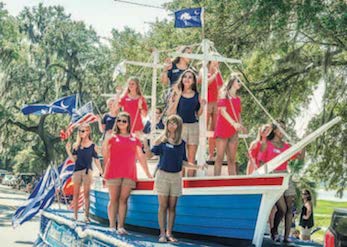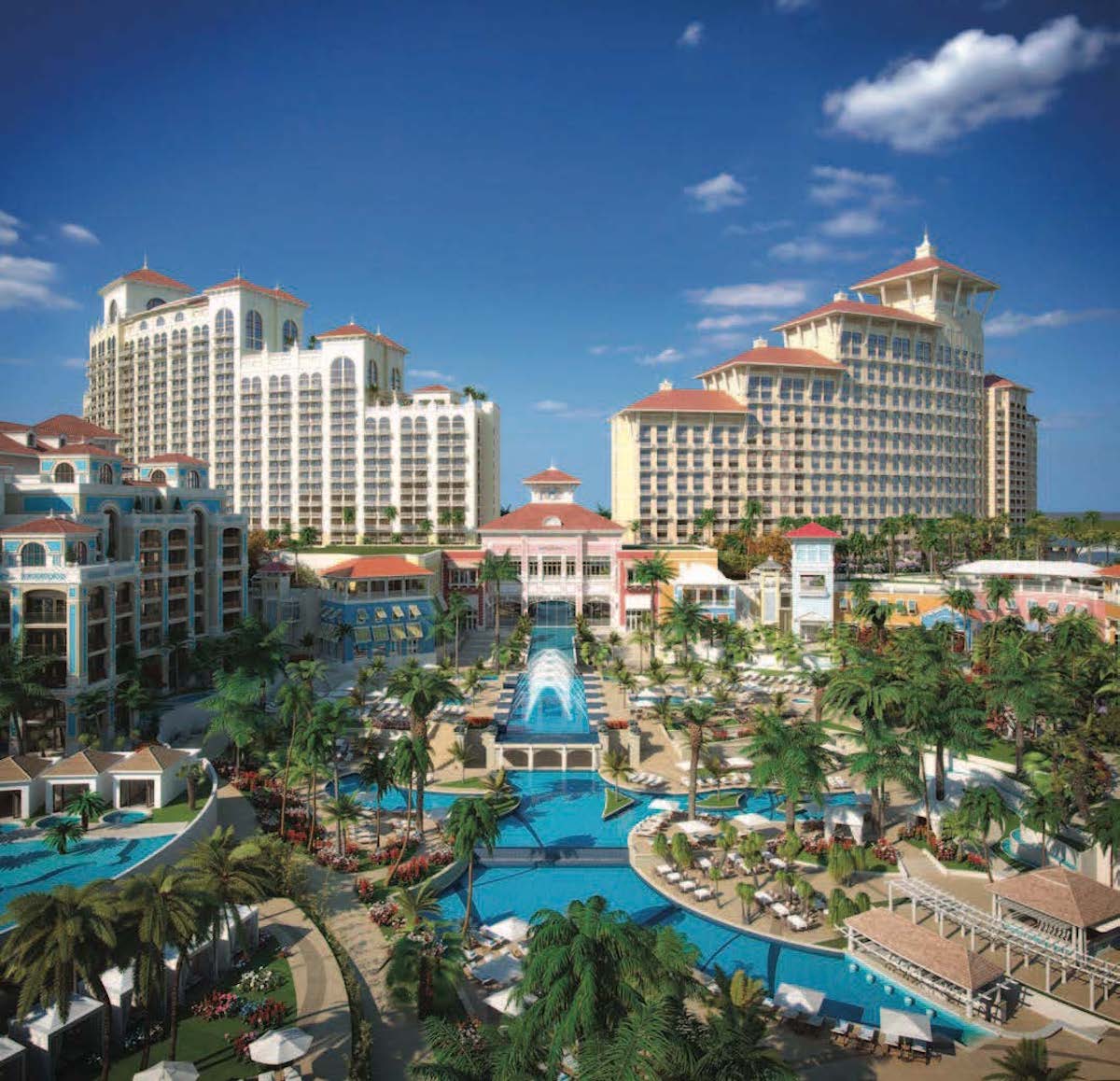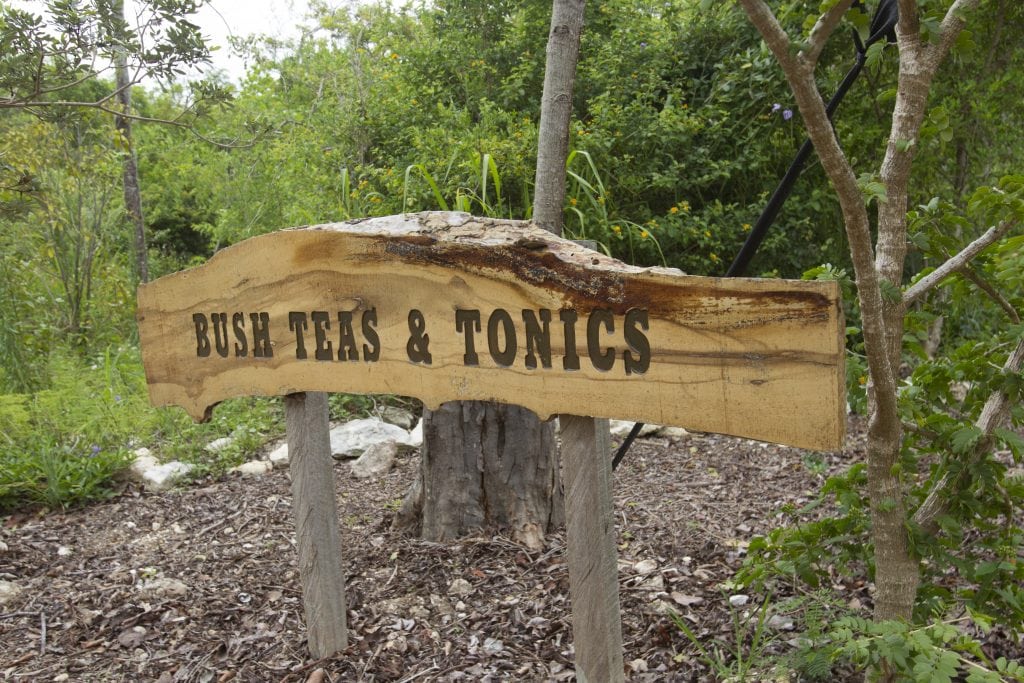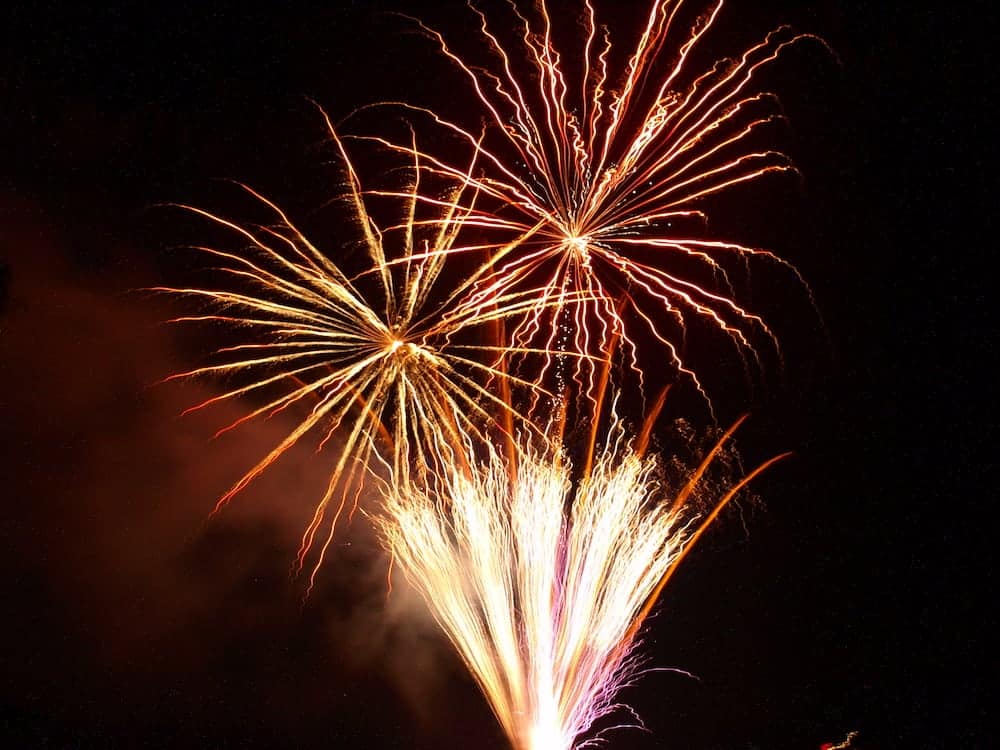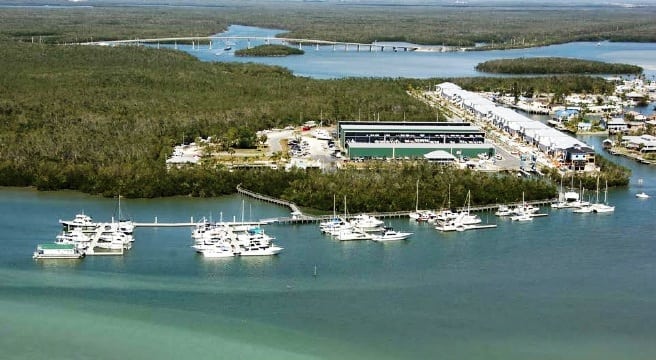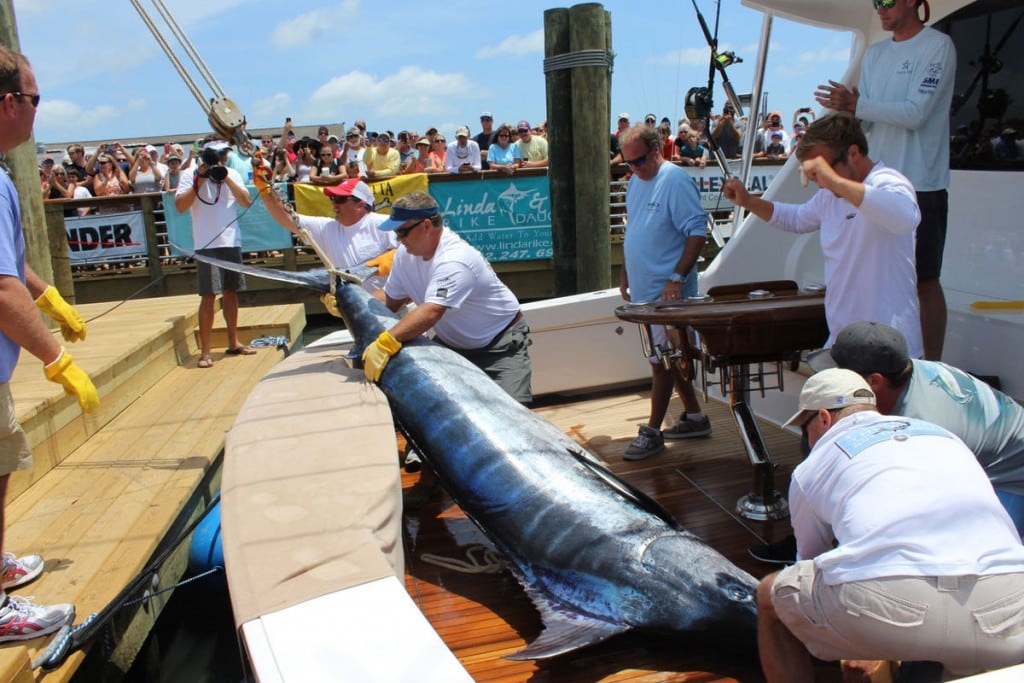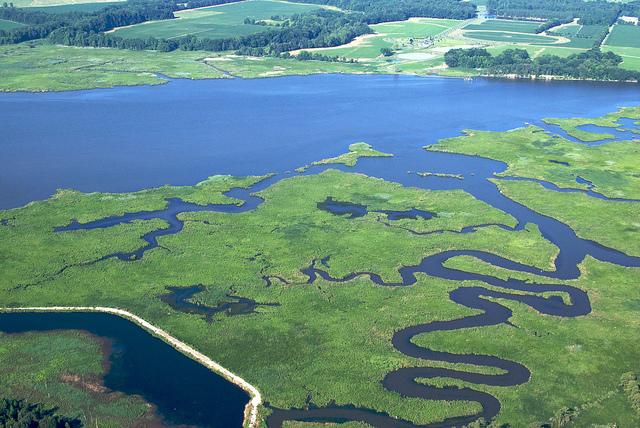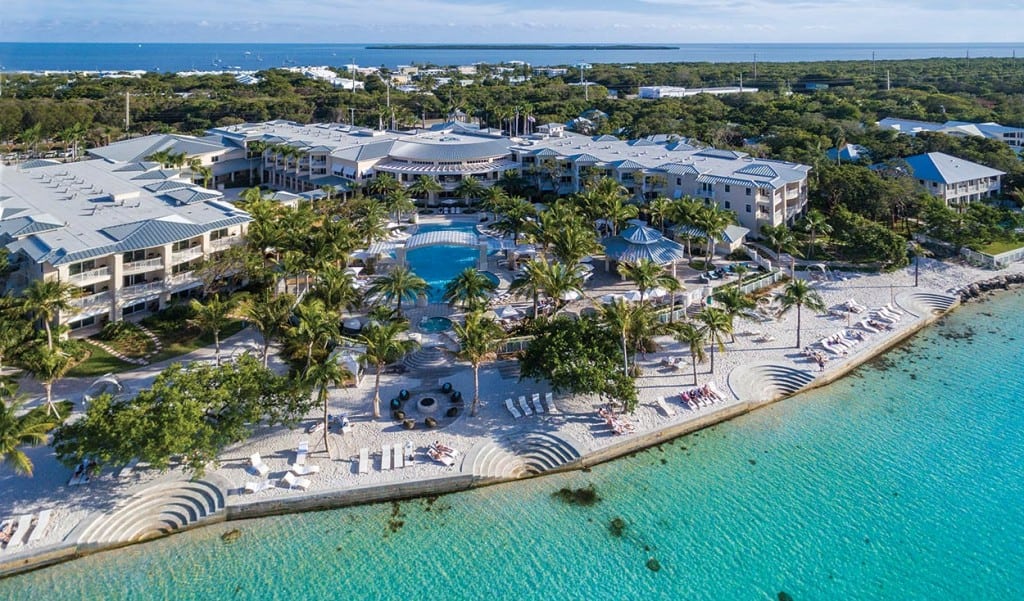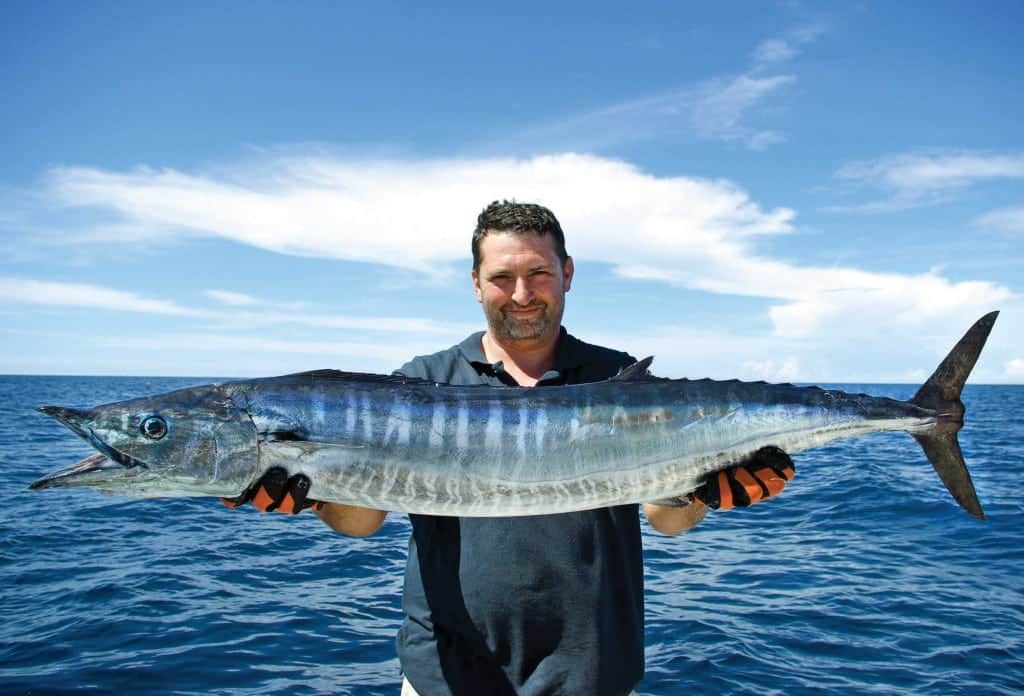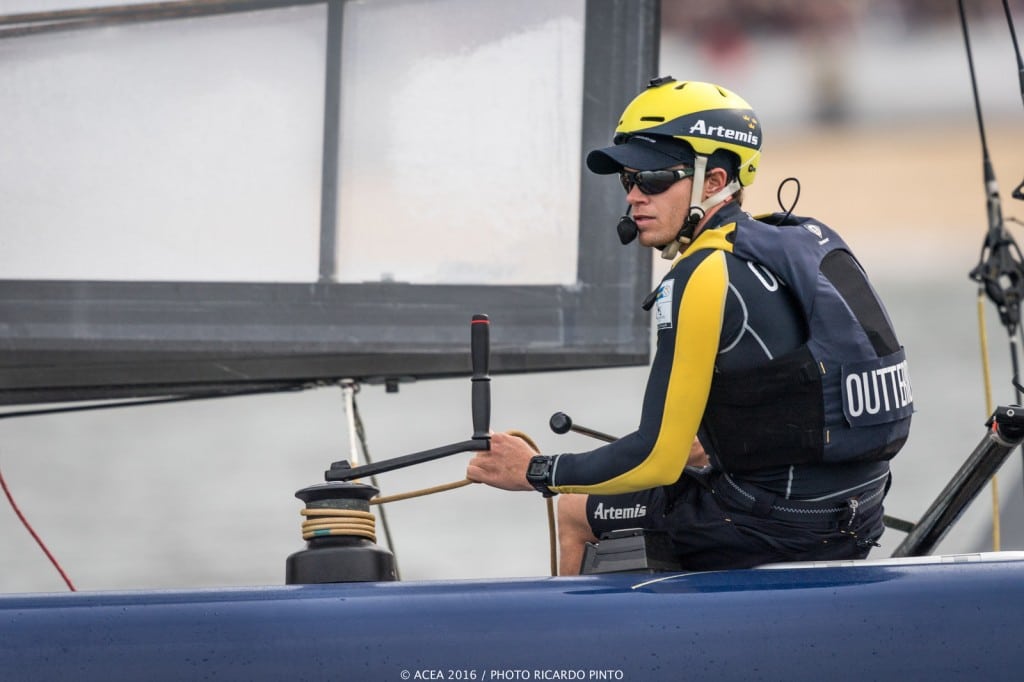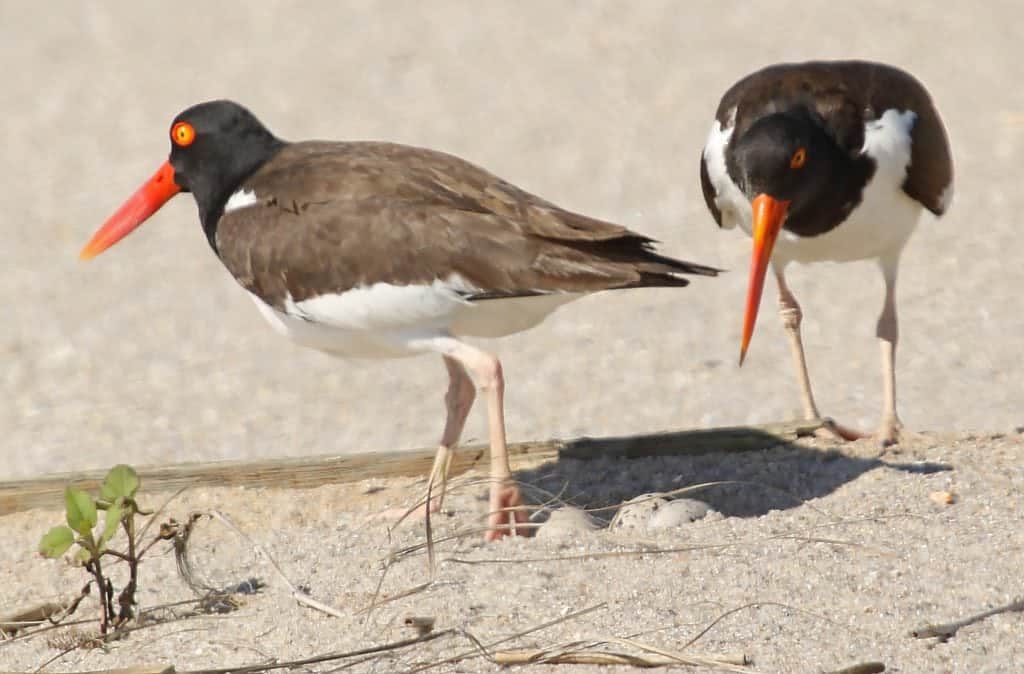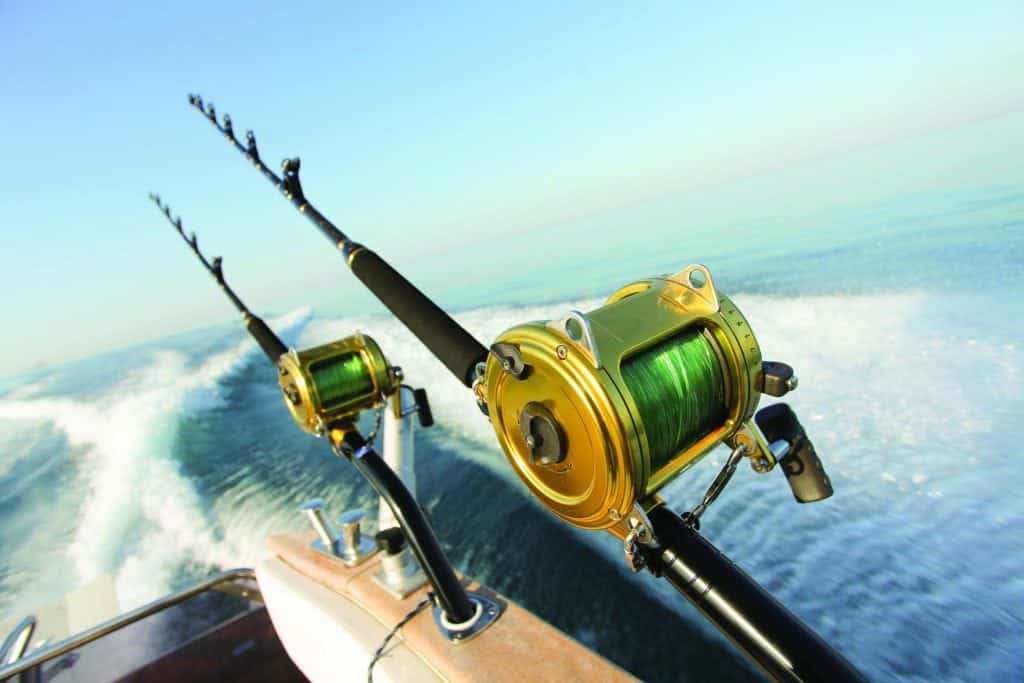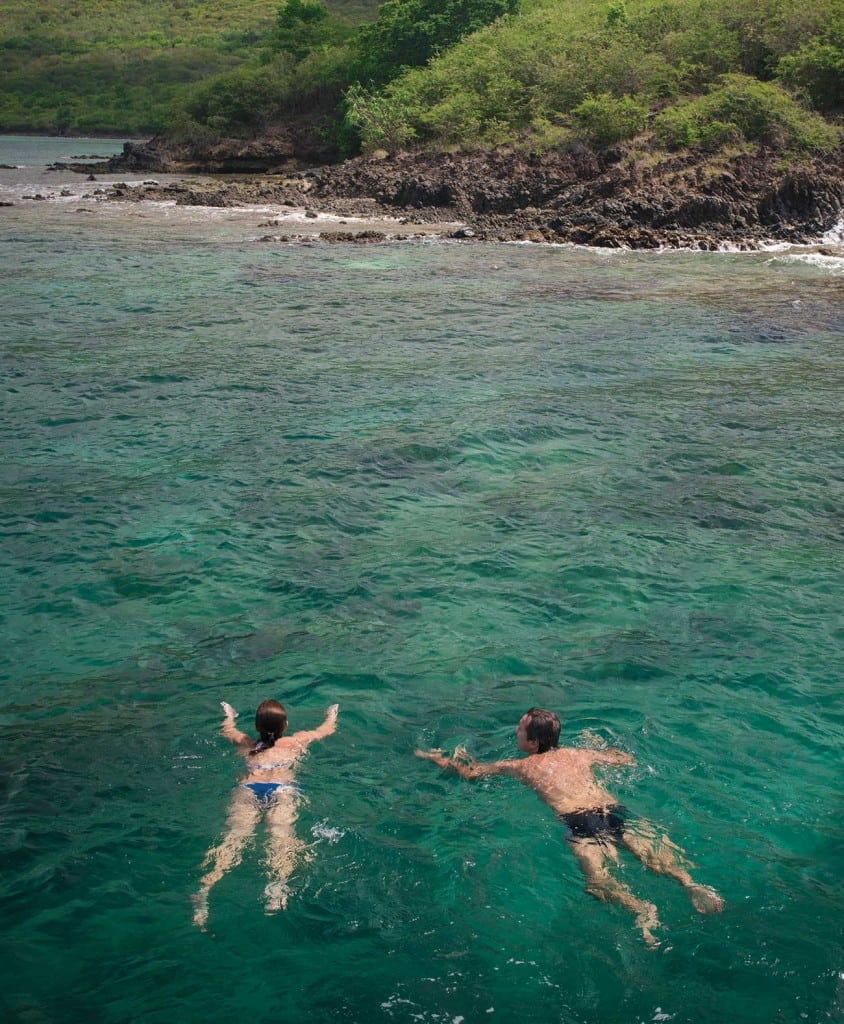Destinations
Destinations: Looking for information for your next cruising destinations? Whether you’re planning a sail in the Caribbean or summering in Newport, our destinations resources will help you plan the perfect excursion. Our expansive cache of destination information includes Monthly regional reports filled with seasonal tips and travel itineraries, Local knowledge on great boating locales, Cruiser resources—complete with photos, Insider tips, marina information and more!
Beaufort Water Festival
THERE ARE FESTIVALS TO CELEBRATE LOCAL CULTURE, history, music, art and sports, and then there is the Beaufort Water Festival,...
Read moreDetailsBaha Mar Resort Soft Opening
BAHA MAR After more than 10 years of starts and stops, bankruptcy and recent Chinese investments, the Baha Mar resort in...
Read moreDetailsLeon Levy Native Plant Preserve
The Bahamas are famous for their crystal-clear waters, but our Bahamas Update writer finds there’s just as much to appreciate...
Read moreDetailsBaby, You’re a Firework
The Best Firework Shows in the Gulf From Brownsville, Texas, to the Florida Keys, Gulf boaters will anchor in bays,...
Read moreDetailsMarina Mergers on the Gulf
Safe Harbor adds Calusa Island MERGERS AND ACQUISITIONS are mandatory business school courses, however, a little thing called the Great...
Read moreDetailsBig Rock Blue Marlin Fishing Tournament
APPROXIMATELY 40 MILES SOUTH of Beaufort Inlet, North Carolina, are a series of underwater ledges and cliffs known as the...
Read moreDetailsChesapeake Changes Gas for the Better
Maryland gas changes for the better Mariners will soon find a new fuel at Maryland marinas that’s better for their...
Read moreDetailsLiving Large On Largo
Called the "pearl of the Florida Keys", Playa Largo Resort & Spa radiates with luxury. In 1948, Hollywood legends Humphrey...
Read moreDetailsKayaking through Cuba
South of Havana and the visiting hordes of Americans, Cuba offers a wilderness that even a half-century of revolution left...
Read moreDetailsTall Ships in Charleston
There was once a day when tall ships with square sails were a regular sight in Charleston, South Carolina. For...
Read moreDetailsWelcome to Swollfest
Years ago as a TV news anchor, I cringed when news managers carelessly tossed around the notion that boating was...
Read moreDetailsSee the America’s Cup in Bermuda
Cruise or race your way from the Caribbean to Bermuda to watch the America’s Cup. The Louis Vuitton America’s Cup...
Read moreDetailsHart-Miller Island
There’s more to do these days on the man-made Hart-Miller Island. The transition from dredge dumpsite to wildlife habitat and...
Read moreDetailsBahamas Fishing Tournaments
Bahamas Fishing Tournaments Many fishing tournaments are held in The Bahamas throughout the year. While the following is certainly not...
Read moreDetailsFinding Painter’s Paradise
The year was 1887, and the island was Martinique. I’ve come to the quiet, French-speaking island in the Lesser Antilles...
Read moreDetails
